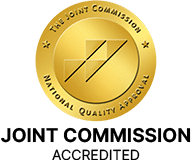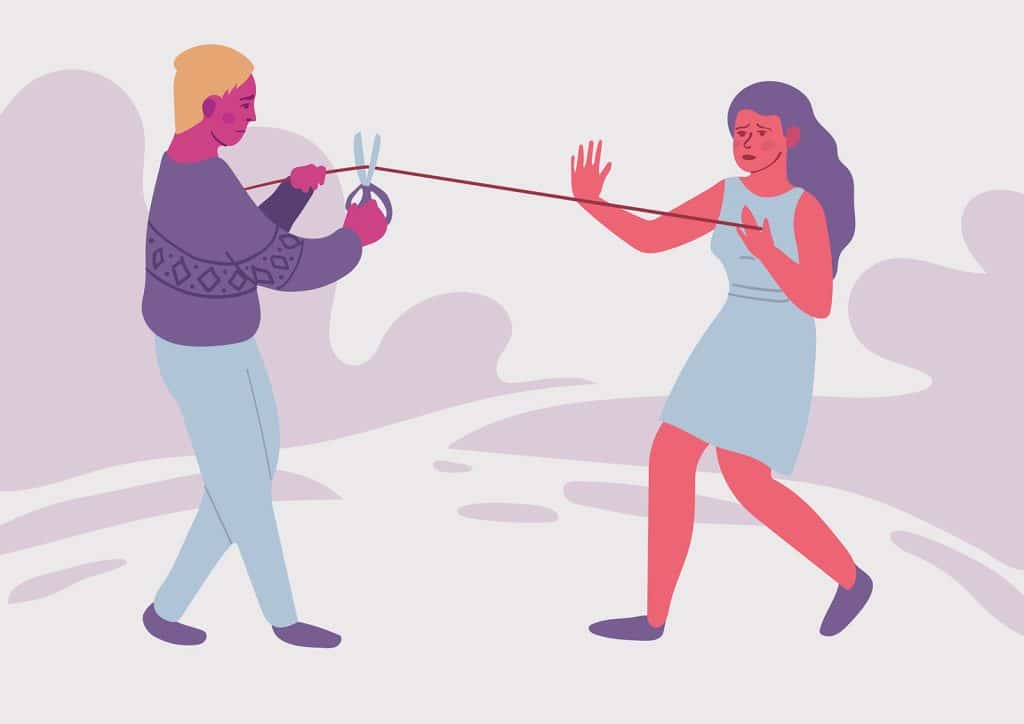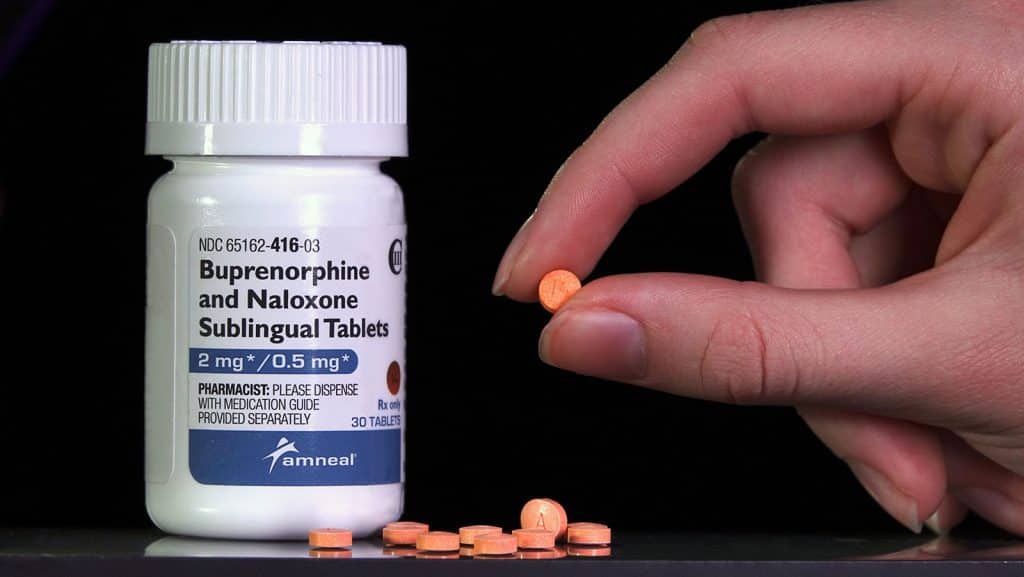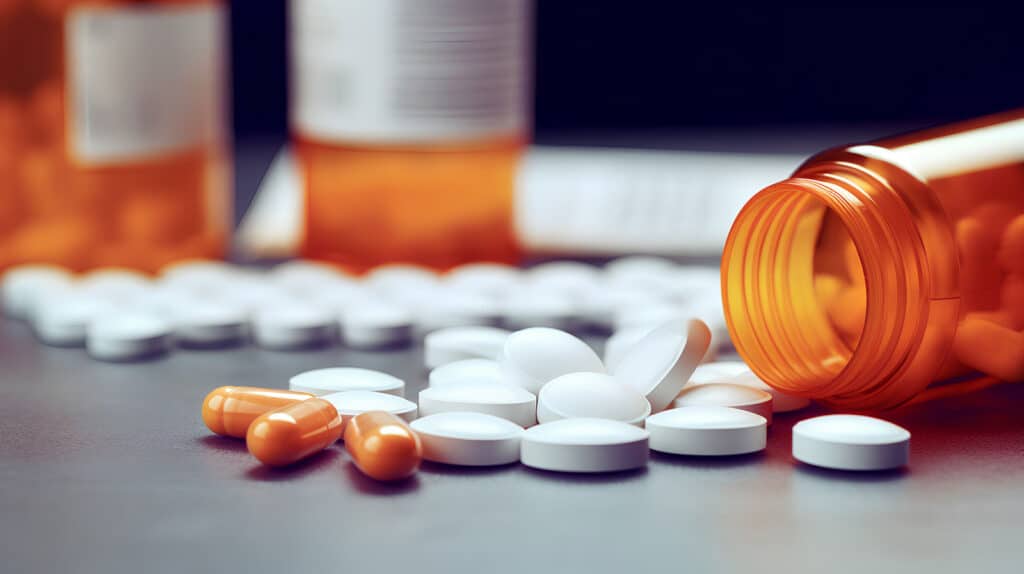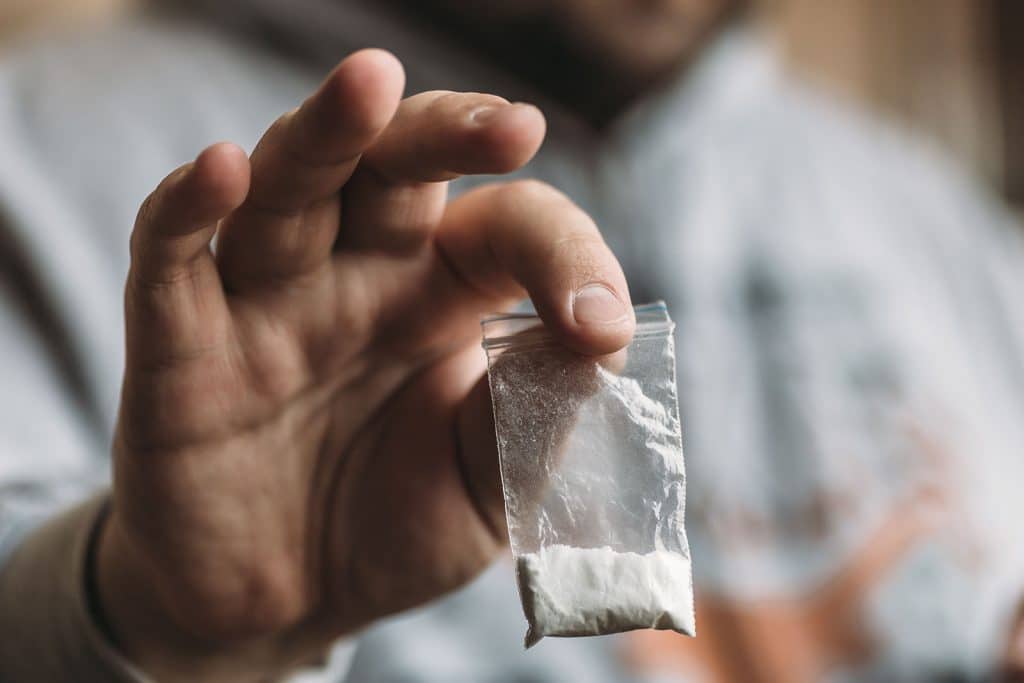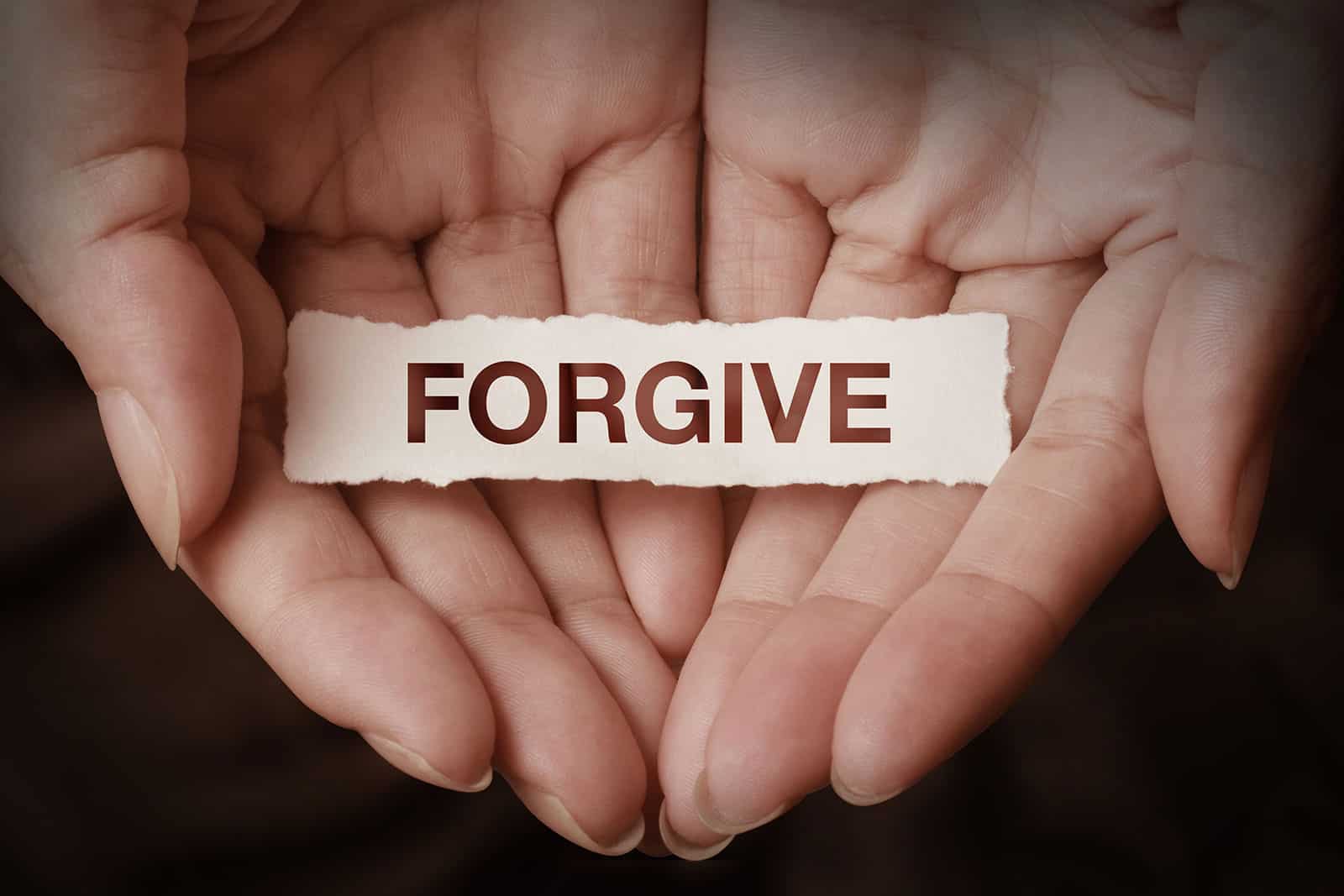Blood tests for alcohol and prescription drugs are not “yes or no” responses but rather a measurement of the amount present.
We all have blood work done from time to time. In some cases, it’s to monitor health conditions like diabetes and high cholesterol. In others, it may be required by your workplace to monitor for alcohol or illicit substances.
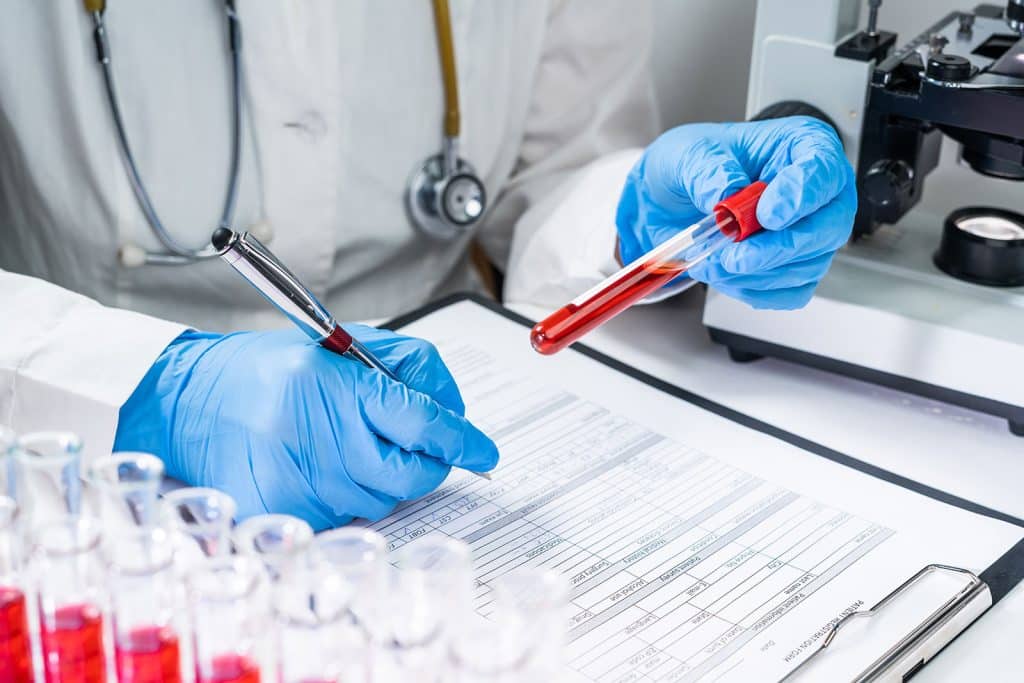
TL;DR – Regular blood tests usually do not show drugs. These tests typically focus on measuring blood cell counts, electrolytes, proteins, and enzymes, not detecting drugs. Drug testing requires specific tests designed to identify drugs or their metabolites.
If you have blood test results coming up soon, you may have concerns about what they may reveal. Let’s review some of those issues.
What Do Blood Tests Look For?
This is a very complicated question. It is important to understand that not all blood tests are the same. If you’ve had blood drawn before, you probably noticed that the phlebotomist filled several different color-coded vials. Each of these was for a specific test, known as a “panel”. The only tests that will detect alcohol or illegal drugs in your blood are those that are designed specifically for that purpose. Routine blood work does not typically screen for drugs or alcohol.
With that said, your doctor or other caregivers may choose to screen you for drugs if he or she sees signs or symptoms of abuse in you, anything from heart irregularities to liver problems. The results of the blood work could reveal the need for life-saving intervention.
Other times, your blood test will be explicitly for drug use. This is commonly done in random screenings of workers or mandatory drug testing before someone is hired for a job. Any employer may choose to have workers tested, but it is most common in vocations where an impaired worker presents high liability, such as commercial driving or the medical field.
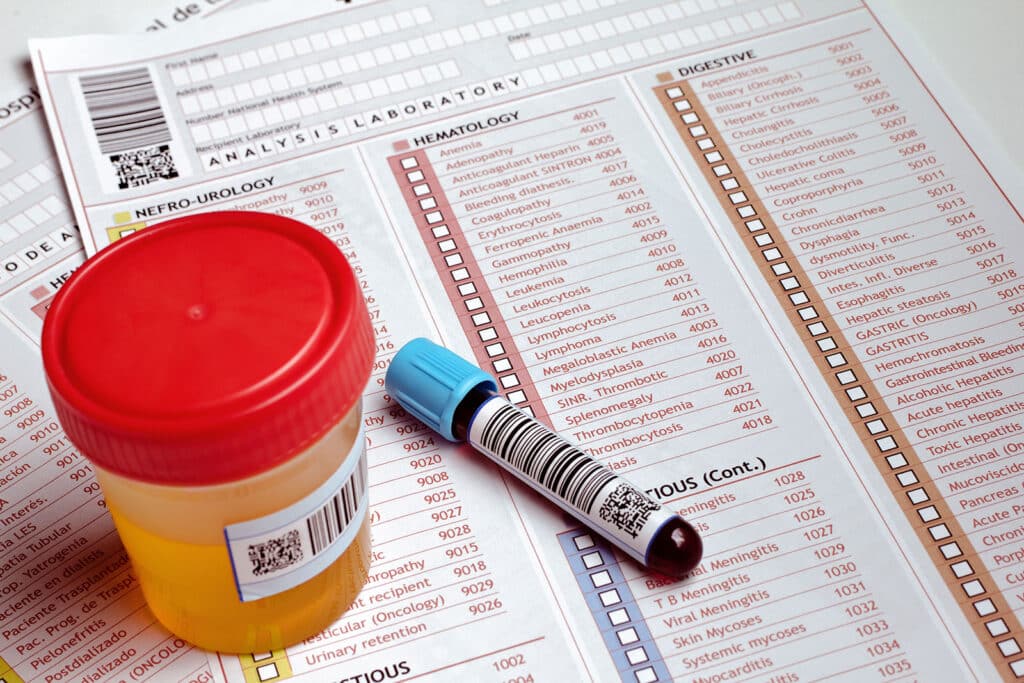
Should I Be Worried?
Let’s start by being very direct: Blood testing tends to be more invasive and expensive than other types of illicit drug screenings, it is not commonly used for workplace drug testing. They’re typically administered in a healthcare setting, such as a hospital or medical clinic.
If you have been abusing alcohol or drugs, there is a chance that your blood test will reveal your secret, and this could endanger your employment or your relationships with your family and friends.
This may sound like a worst-case scenario, but we want you to keep some perspective here. A worst-case scenario is going to work impaired and causing an accident that injures a co-worker. A worst-case scenario is running through every financial asset you have, feeding your addiction until you are living on the streets. A worst-case scenario is resorting to drug dealing, theft, or prostitution to get your next fix.
A worst-case scenario is dying from your addiction.
Should you be worried about the results of a blood test? Yes, but you should probably be more worried about a “lucky” negative test that does nothing to help you begin addressing your addiction.
Of course, a blood test(requires a blood sample) that reveals only that you drink in moderation or have used prescription drugs appropriately is not an issue, assuming that you haven’t consumed at a time when you shouldn’t have, such as during work hours.
It is very important to understand that blood tests for alcohol and prescription drugs are not “yes or no” responses but rather a measurement of the amount present. If you had a glass of wine late last night and had a blood test this morning, there won’t be a problem because the test will show a very low level of alcohol. If you took your prescription muscle relaxer before bed and got tested the next afternoon, the result will show a therapeutic level of the medication, not a level high enough to be considered abuse.
Any level of illegal substances like cocaine or heroin is a problem, but positive blood tests for alcohol or medication prescribed for you will be a matter of quantity.
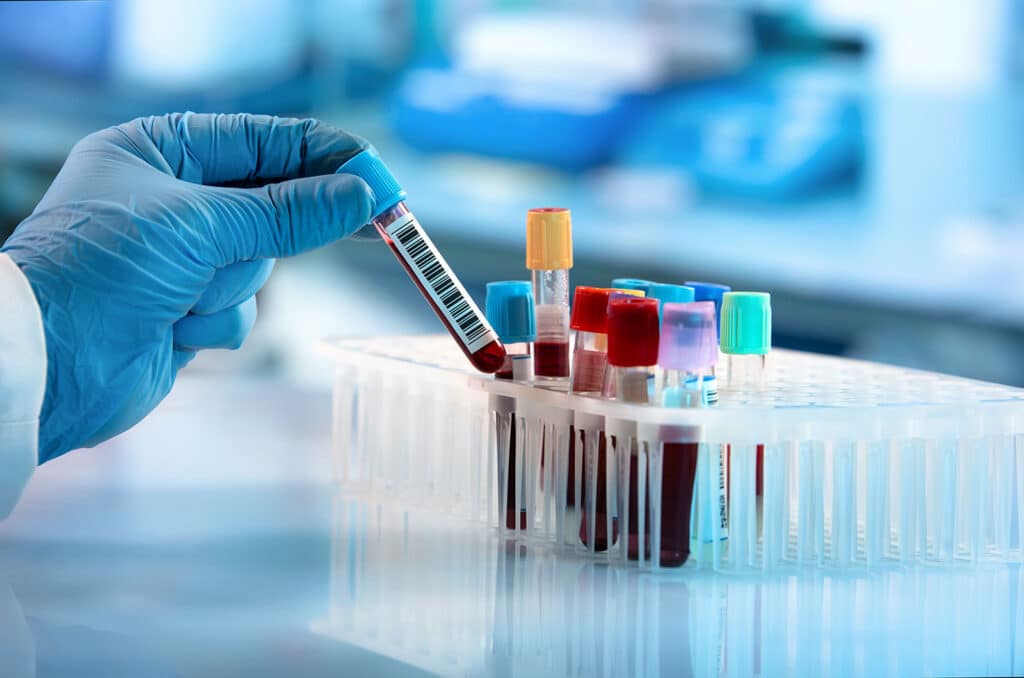
How Sensitive Are the Tests?
The amount of substance that you’ve ingested and the time since you last used it are two main factors in whether your results will come back positive. A wide range of drug types, including alcohol, amphetamines, cocaine, nicotine, opiates/opioids, methamphetamines, benzodiazepines, barbiturates, methadone, additional opiates and marijuana – can be detected with a blood drug test. For example, alcohol is fully metabolized and undetectable in about 12 hours, while cannabis can continue to generate a positive test for days or weeks.
Larger doses are easier to detect as well. The more alcohol or drugs you have in your system, the longer it takes for your body to break them down and dispose of the waste products. If you submit to a blood test during that clean up time, you will show a positive result.
The type of test also plays a role. THC is easily detected in hair fibers for weeks after use, whereas blood and urine tests will show clean somewhat sooner.
How Could It Affect My Job and My Family?
Our choices in life always carry consequences. Sometimes they’re good, and sometimes they’re bad. Sometimes they’re mixed. It is important to remember that your sobriety is the most important thing in your life. If a blood test detects alcohol or drugs in your blood, it might be best for you in the long run.
Escaping the consequences of addiction and abuse does nothing to correct the problem. It only gives you the opportunity to continue to use, potentially creating far more serious problems than job loss or strained relationships. Instead of keeping it hidden, getting it out into the open through a blood test at least makes it impossible for you to hide the issue and will instead create a path for you to regain control of your future before it’s too late.
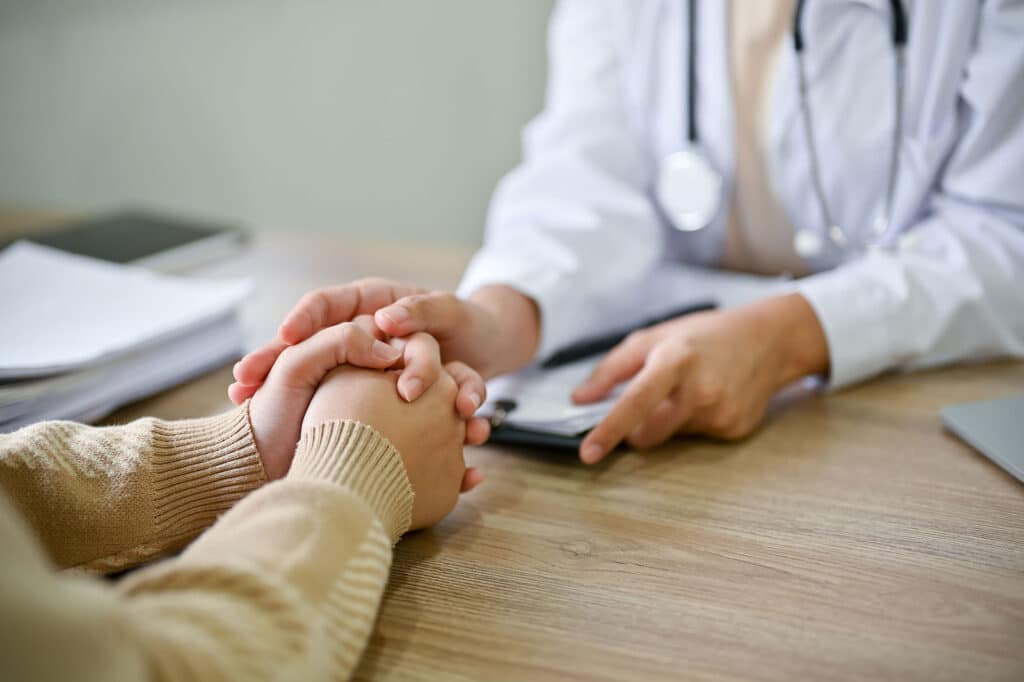
Where Can I Go for Help?
If you have a problem with alcohol or drugs, seek help. Whether a blood test reveals the problem or not, it’s still there. You need expert involvement to deal with your problem and create a healthy future for yourself and your family.
Garden State Treatment Center should be your first call. Our experienced team has helped hundreds of people struggling with addiction to free themselves from their substance problems and regain control of their lives.
If the possibility of a positive blood test worries you, that’s a sign that you should be working on getting clean. From outpatient treatment to detoxification and inpatient care, Garden State Treatment Center can be just the solution you need. Call today us today to find out how we can help.
FAQ
Do regular blood tests show drugs?
What would show up in a routine blood test?
What blood test detects drug abuse?
Will drugs show up in a pregnancy blood test?
Published on: 2022-12-24
Updated on: 2024-04-11


